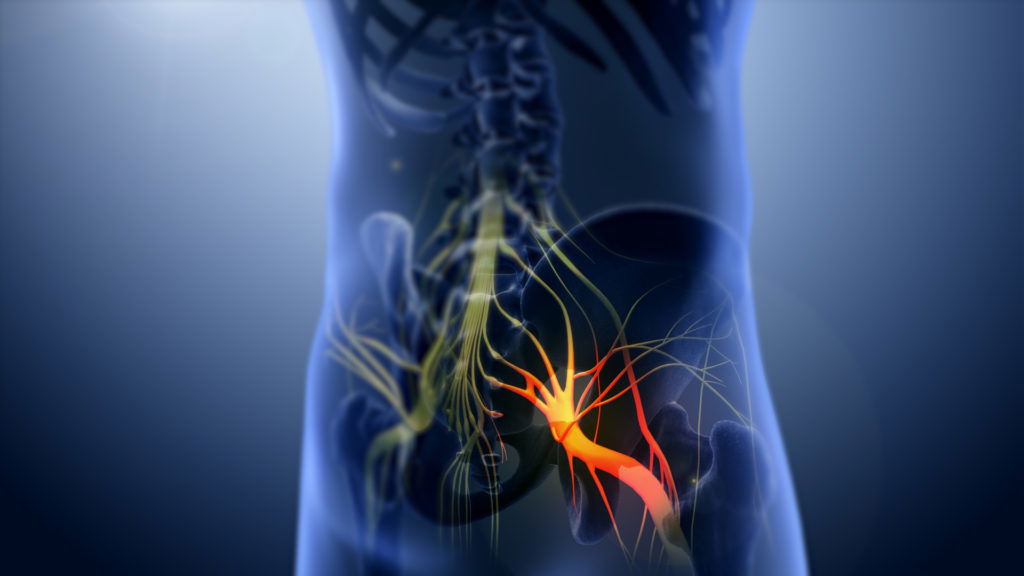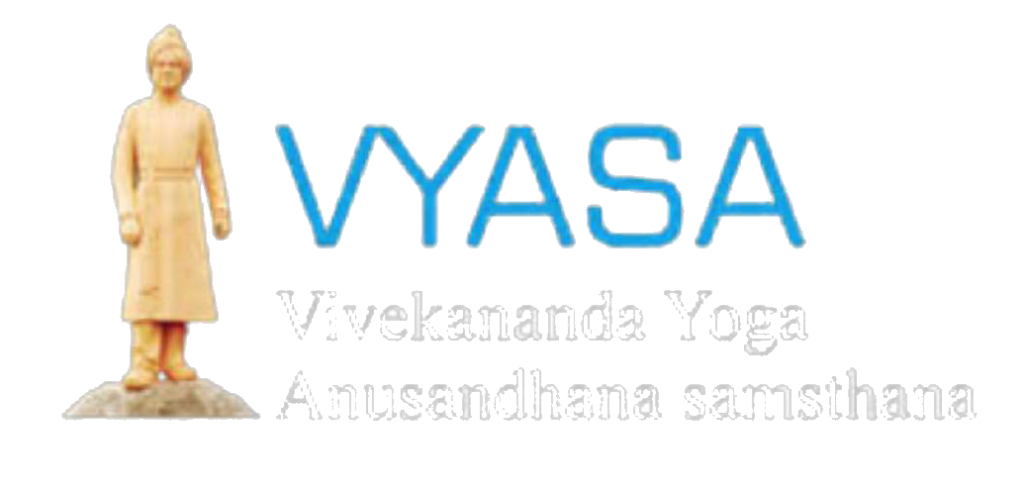
Sciatica refers to pain that travels along the path of the sciatic nerve. The sciatic nerve travels from the lower back through the hips and buttocks and down each leg. Sciatica most often occurs when a herniated disk or an overgrowth of bone puts pressure on part of the nerve. This causes inflammation, pain and often some numbness in the affected leg. It's especially likely to follow a path from the low back to the buttock and the back of a thigh and calf.
The pain can vary from a mild ache to a sharp, burning pain. Sometimes it can feel like a jolt or electric shock. It can be worse when coughing or sneezing or sitting a long time.
We had a female patient aged 72 years with the complaint of persistent lower back pain for the past 3 years. Her pain aggravated on long standing , radiating to right and left limbs. The pain was cramping and stabbing in nature. The patient also had a complaint of numbness in her lower limbs . and had associated complaint of varicose veins in her lower limbs . She complained of unbearable pain in the lower limbs while climbing the stairs. Patient was stressed and anxious due to her severe backpain. She was fed up of the pain and also mentioned that nothing has worked for her pain after trying so many treatments and pain killers given to manage her pain. She had no hope to take any further treatment with us when she came for consultation. We made her understand the problem she is suffering from and explained the causes, prevention and treatment and convinced her to take Sciatica treatments.
Treatment at VHG:
Patient underwent prescribed external therapies of Acupuncture and yoga therapy along with medicines for 5days. After 5 days, her pain reduced to some extent and we advised Ayurvedic treatments (kati basti and Ardanga Abhyangam) for 7 days. After completion of 2nd line of treatment, her pain had significantly reduced.
Outcome based on pre and post assessment:
The short-form McGill Pain Questionnaire (MPQ) is multi-dimensional tool for pain assessment and it has three components, which are the sensory intensity, the cognitive evaluation of pain and the emotional impact of pain.
The short-form McGill Pain Questionnaire (SF-MPQ) is a shorter version of the original MPQ,
The pain rating index has 2 subscales
1.Sensory subscale with 11 words and
2. Affective subscale with 4 words from the original MPQ.
These words or items are rated on an intensity scale as 0 = none, 1 = mild, 2 = moderate and 3 = severe.
The Roland-Morris Questionnaire (RMQ) is a self-administered disability measure in which greater levels of disability are reflected by higher numbers on a 24-point scale.
The patient is instructed to put a mark next to each appropriate statement. Add up the total number of marked statements to get a patient’s score.
| Pre | Post(After 14days) | |
|---|---|---|
| Short –form McGill pain questionnaire and pain diagram | 21 | 8 |
| The Ronald –Morris Disability questionnaire | 22 | 10 |
Follow up after ayurvedic treatment was done and the patient was very happy with the good response to the treatment. She was confident enough to manage with yoga practice without any stress or anxiety.
Conclusion:
Combination of Ayurveda, Yoga and Acupuncture significantly reduced Sciatica pain and improves quality of life.





